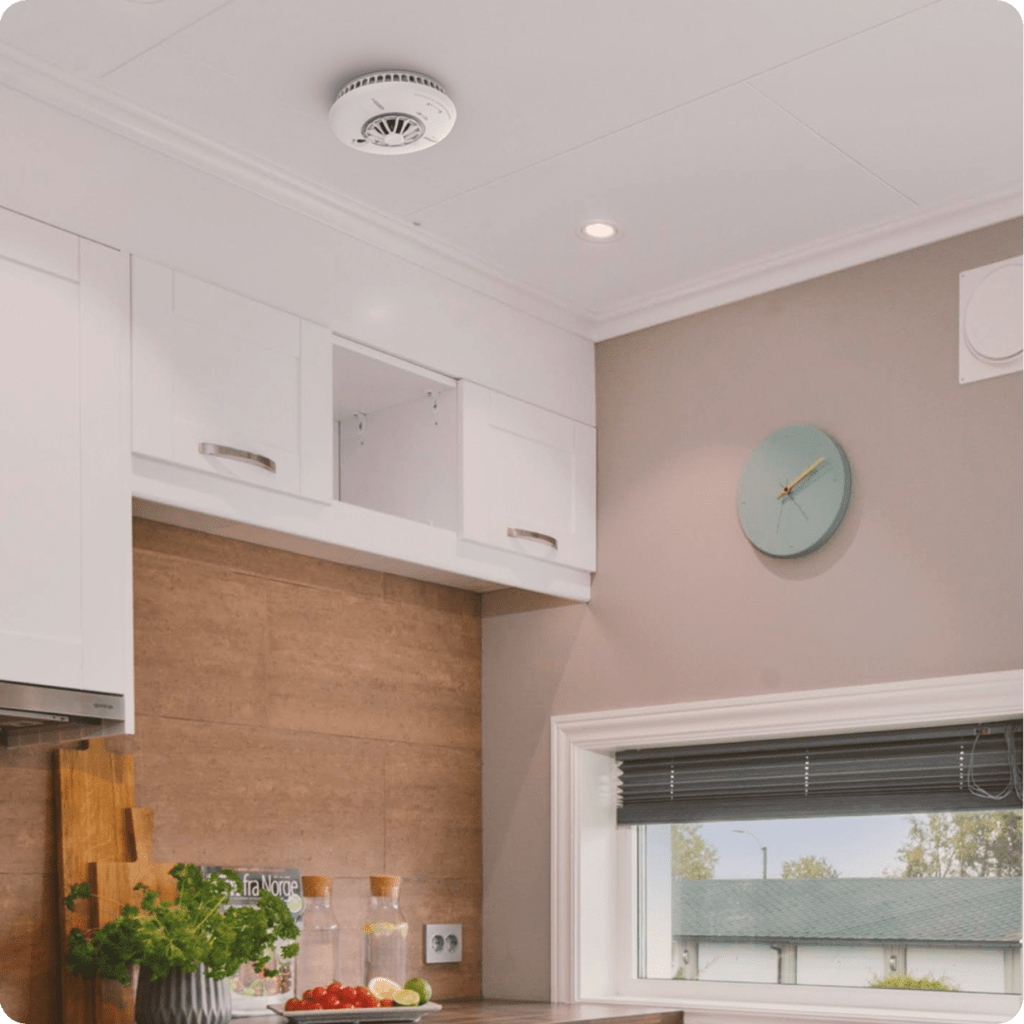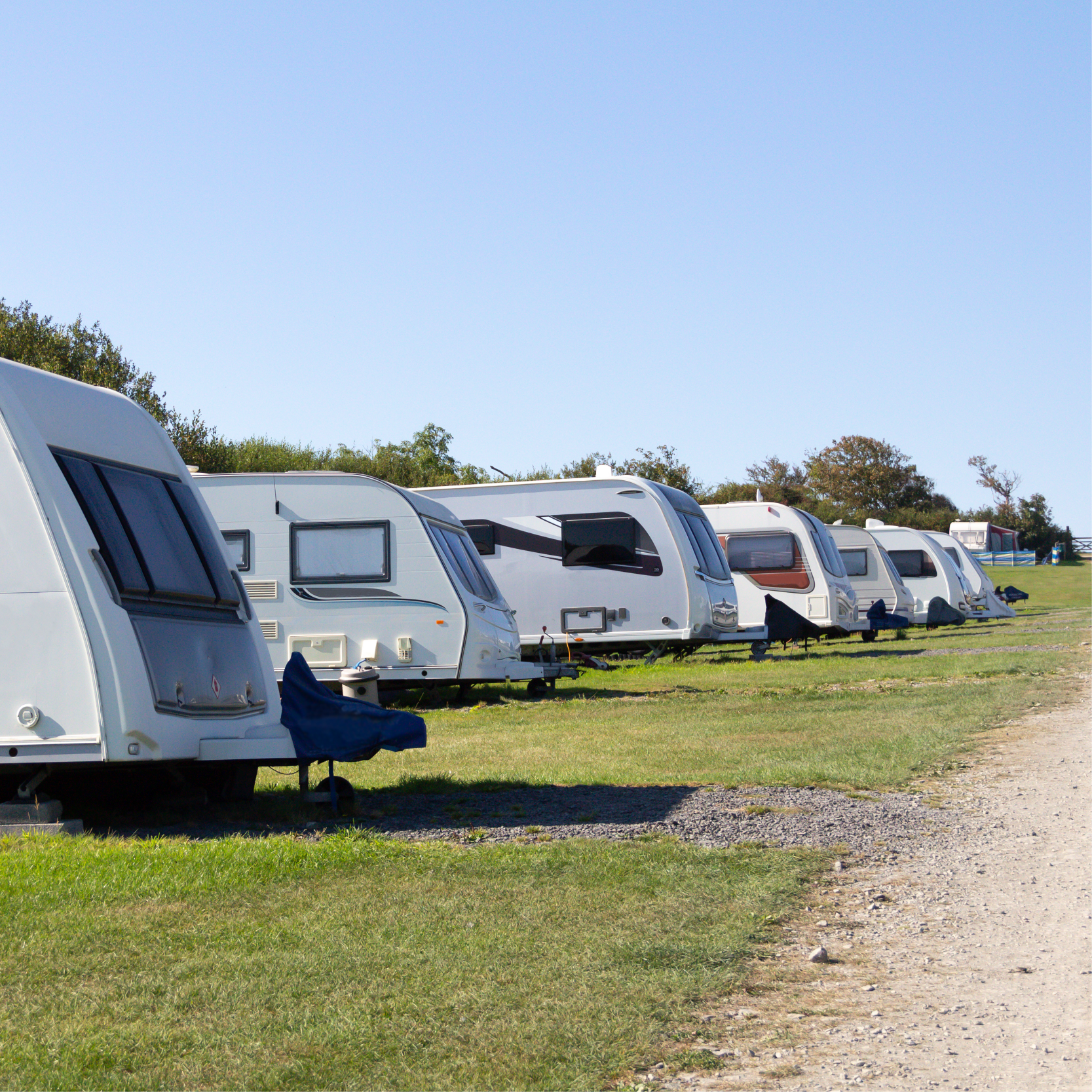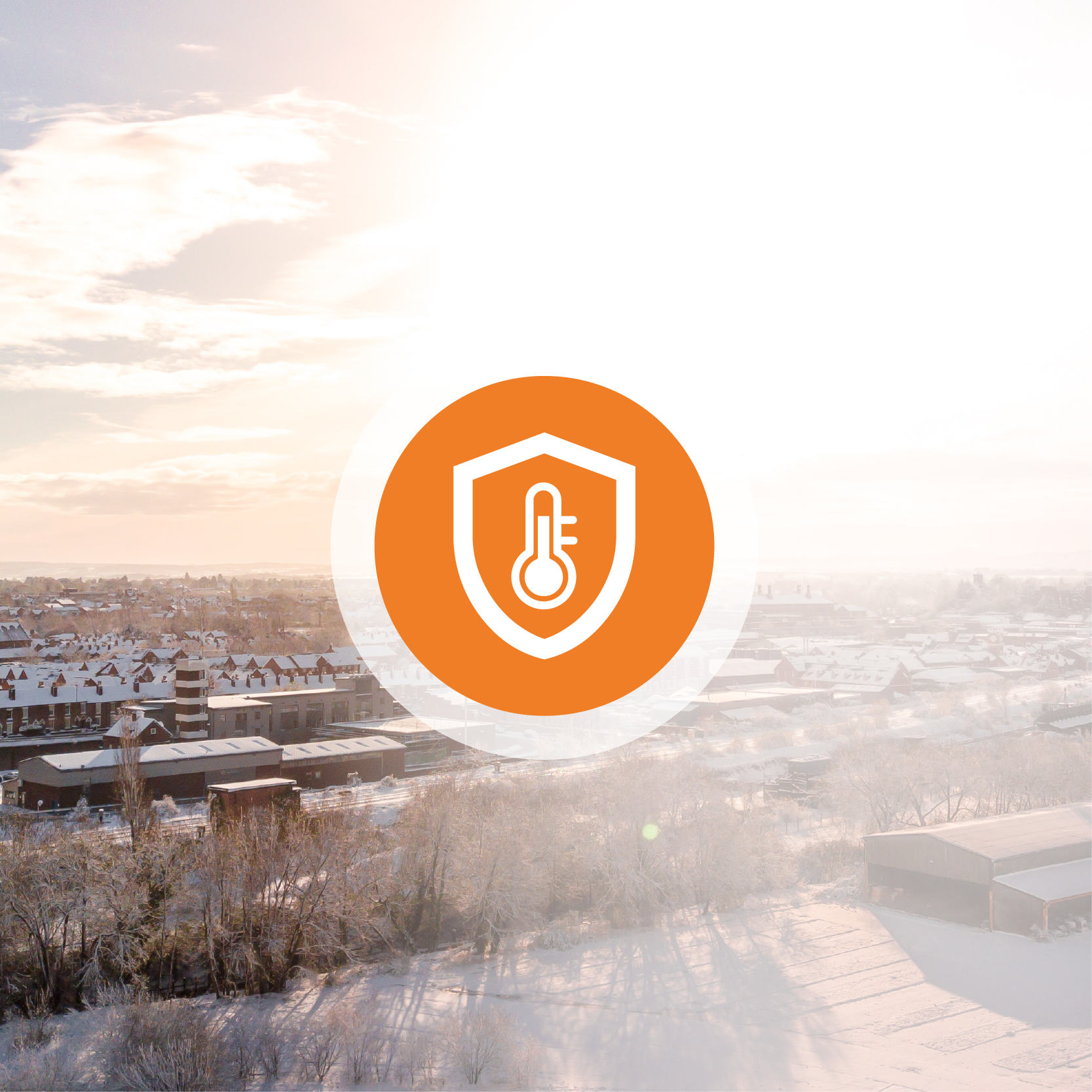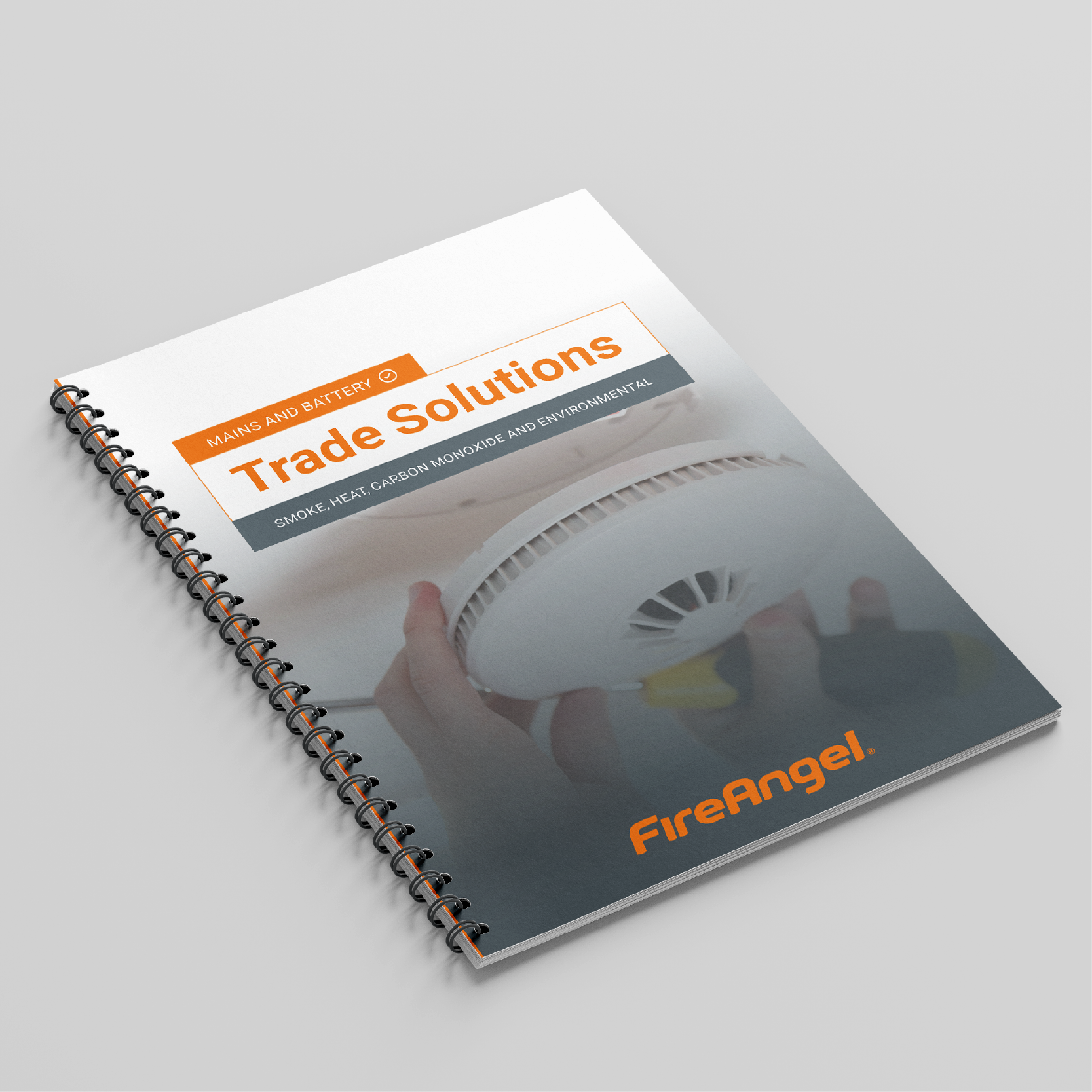Parallel to updates in fire safety legislation, fire safety technology is continually evolving to become faster and smarter – therefore providing a higher level of fire safety in the home. What’s more, there are an increasing number of products becoming available that can be tailored to a resident’s needs.Whilst the fire safety product market is extensive, the following blog post aims to overview some of the most exciting new developments in fire safety technology that can be implemented in the kitchen – the most dangerous room in the home. It is expected that, with time, these products will become legally required under fire safety legislation, and therefore increasingly present in homes.
Thermistek Technology
A heat alarm is the only fire alarm that is suitable for installation in the kitchen, as ionisation alarms – that detect small particles of smoke from fast flaming fires – and optical alarms – which are sensitive to larger particles of smoke from slow-burning fires – are both prone to false alarm in this area when cooking.
Whilst BS 5839-6: 2013 (also known as BS 5839 Pt.6) mentions the benefits of installing multi-sensor smoke alarm technology throughout the home, (which combines optical with heat alarm technology) it states that only heat and CO alarms should be installed in the kitchen.
As over 60% of home fires start in the kitchen, it is paramount that your heat alarm is of high quality, efficient, and compliant with British Standards. Fundamentally, this will give residents/tenants a quicker warning of fire, and will save lives. With this in mind, FireAngel would recommend installing a heat alarm with intelligent Thermistek technology. This alarm has a unique radiant heat dish for a faster response and constantly monitors for temperature change using a predictive algorithm. If the temperature is predicted to be rising at a dangerous rate the alarm is primed for activation providing a quicker reaction to fires.


Interlinking Alarms
Standalone alarms in the home are somewhat limited in the surrounding areas that they can detect, and the distance their sound can travel. For instance, tenants may not always hear the alarm in the kitchen unless they’re close by, or the closest individual to the sounding alarm may be unable to detect it – as seen in the BBC News study which found that 27 out of 34 children will sleep through a smoke alarm sounding at night.
Heat, smoke alarms and carbon monoxide alarms can all be interlinked throughout the home – continually communicating via wireless signals – which means that as soon as one detects a problem, the rest of the alarms will sound, mimicking the originating alarm’s specific sound pattern. So, if a carbon monoxide alarm activates, all the smoke and heat alarms will mimic its sound pattern (and vice versa). Not only does this quickly alert all tenants to the problem, regardless of where they are in the premises, but this also signifies the appropriate next steps e.g. opening all doors and windows then evacuating in the event of a CO alarm.

Strobes and Vibrating Pad
According to 2007 research, a regular high-pitch smoke alarm may not provide sufficient protection for those with severe hearing loss or who are deaf, a strobe and vibrating pad can be used within a home for additional protection. This assisted living solution is suitable for the elderly, vulnerable adults or those with mild to moderate hearing loss. The strobe provides a visual warning during waking hours, whereas vibrating pad (placed beneath pillow) will provide a warning during the night.
A variety of fire safety products can be wirelessly interlinked throughout the home, tailored to the individual’s specific needs. This will provide ultimate protection for vulnerable tenants – whether the detected problem be fire or carbon monoxide gas. This new technology will likely be particularly beneficial to social housing, as there a higher proportion of vulnerable tenants living there.
The connected home
Building on FireAngel’s unique patented technology, new developments in the “Connected Home” technology are set to revolutionise fire safety, especially concerning those most at risk of fire in the home.
FireAngel Connected is a cloud-based management system, which allows the external monitoring of alarms. So, upon activation of an alarm, an appropriate personnel can be notified via the FireAngel Administration System or mobile App e.g. the tenant, landlord, family member, or the Fire and Rescue Services. This will likely save time, money, and increase fire safety as low battery or repeated alarm activation will be properly acknowledged and responded to – rather than being repeatedly silenced and potentially draining the alarm’s battery.
CO alarms
Carbon Monoxide (CO) is a toxic gas that is odourless and colourless, meaning that is almost impossible to identify without a proper CO detector. Produced when fuel isn’t burned properly, the most common sources of this ‘silent killer’ are faulty boilers, gas fires and cookers.
Carbon monoxide detectors are a relatively recent technology that can save lives, but it is expected that their use and installation throughout properties in the UK will become increasingly prevalent. CO alarms should be installed in any room with a fuel-burning appliance, (such as a boiler in the kitchen) and in any room through which a flue passes.
To find out more about carbon monoxide, please see our carbon monoxide blog posts here.
Fundamentally, installing the best new technology in your premises will provide a quicker warning to the tenants living there. Not only will this help prevent injury and potentially save lives, but it will also help save money by either preventing fire in the first place, or by having a quicker response should it occur.
It is therefore vital that housing providers/landlords/ owners are aware of the fire safety products that are available, and the best solutions to provide an adequate level of safety in their accommodation. This is with particular regard to the kitchen, as over 60% of accidental home fires start in this room.
For more information about fire safety in the kitchen, please download our free guide. Contents include the following:
- First section: Causes of fire, those most at risk, fire prevention, cooking advice, electrical safety, children’s safety, carbon monoxide, and what to do when an alarm
- Second section(guidance for landlords): Risk assessments, installing alarms, CO legislation, interlinking alarms, kitchen safety guidelines/checklist







